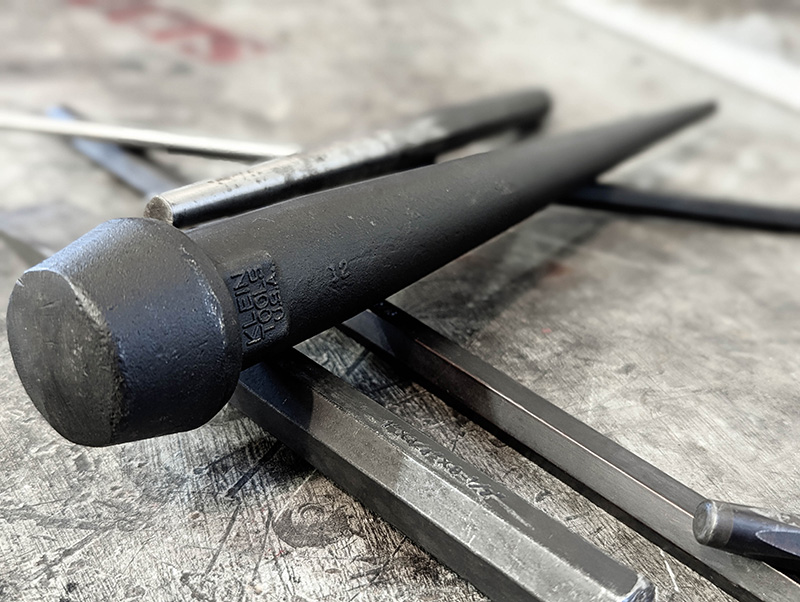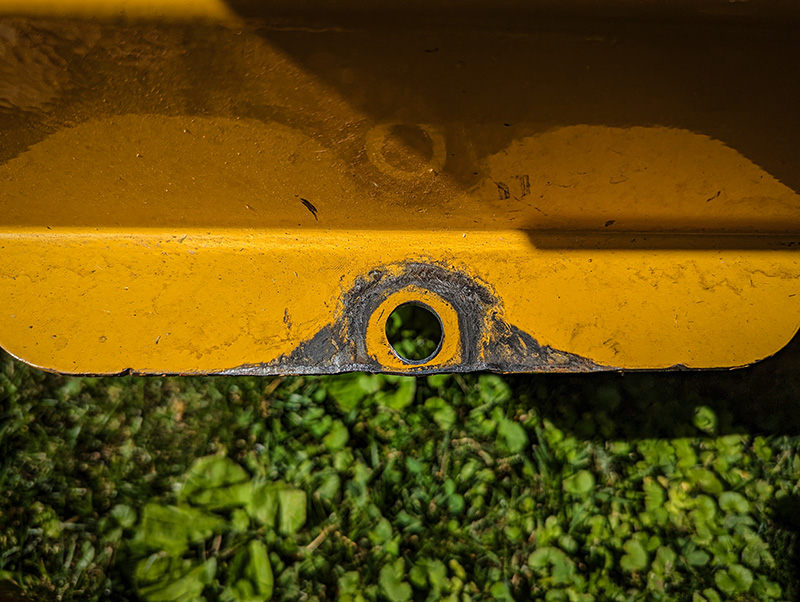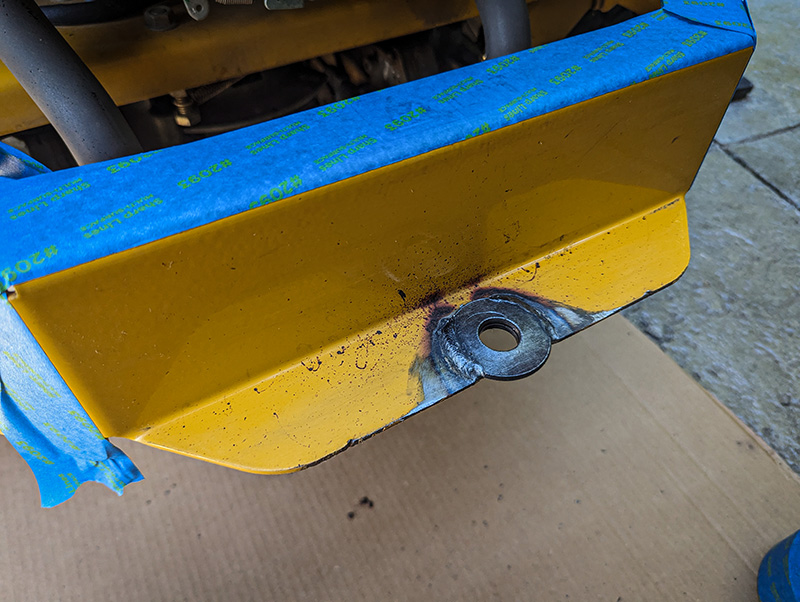Using your shop’s Cost of Doing Business (CODB) as a baseline for labor rates.

Most mechanics I know value tools that have either of the following characteristics:
If that describes you, consider purchasing a bull pin since it checks both those boxes. There’s not a significant difference among bull pins, so this review covers the tool in a general sense with a few specifics thrown in where applicable.

You may be familiar with the bull pin’s more famous cousin, the spud wrench. Those are wrenches with long, tapered handles, often used in heavy construction and piping projects. The tapered ends are used to line up holes when mating up beams or pipe flanges, and then once in place, the wrench can be flipped around to tighten the bolts holding the items together.
The bull pin is the tapered end with no wrench. They usually have a pretty good-sized head on them, as the expectation is that unlike the spud wrench, the bull pin will be employed using a sledgehammer. Here, take a peek at this fella demonstrating.
Punches, in general, are handy for localizing the power generated from the blows of a striking tool, usually a hammer or maul. Most of the common punches mechanics use are somewhat delicate: the transfer punch, the hollow punch, the prick punch, and both the roll pin and corresponding starter punches. Of course, we also use taper punches for rougher duty. And the brass drift is certainly employed from time to time.
But none of those stand up to an aggressive mechanic with a four- or eight-pound sledge up against something that’s really stuck. Especially in areas where vehicles exhibit heavy rust, the amount of force required to move something oxidized in place often demands more firepower. Mechanics in the southern U.S.: I am not exaggerating on this point. If you haven’t dealt with a seriously rusty heap, it would bring tears to your eyes to see the beating that needs to be applied to some items to free them.
Because bull pins are expected to suffer powerful blows, they’re robustly built; I think of mine as a taper punch on steroids. This Klein 3255 bull pin I own has a few helpful features. It’s about 14” long, which though small for a bull pin, means I can usually get clear of surrounding parts that could be damaged while I’m reefing away on the thing. The length and weight are not so great as to make the tool prohibitively heavy or lengthy to store. For $30 or so, you can buy almost any one your heart desires.
The Klein pin also has an oversized head which makes it easier to strike and helps protect your paws when you’re swinging for the fences. And there are flats in the shoulder, so you can easily slip a wrench over it to free it when stuck. Should that fail, there’s a large enough lip under the head you could get a smaller punch or a chisel on it if it was very stuck.

This elongated hole needed repair. Photo: Lemmy.

The bull pin lined everything up quickly and easily, and added enough weight magnets and clamps weren’t needed. Photo: Lemmy.
Being an instrument of fairly blunt destruction, I also find the best use for this around my own shop is getting a frozen item moving, and once it is, I can switch over to a standard taper punch for a little more precision.
If nothing else, that capability alone makes this tool worth its asking price. By keeping the worst of the abuse from your other punches, you’ll both extend their lifespans and reduce the amount of time you spend dressing them.
And that’s money in the bank.
The articles and other content contained on this site may contain links to third party websites. By clicking them, you consent to Dorman’s Website Use Agreement.
Participation in this forum is subject to Dorman’s Website Terms & Conditions. Please read our Comment Policy before commenting.